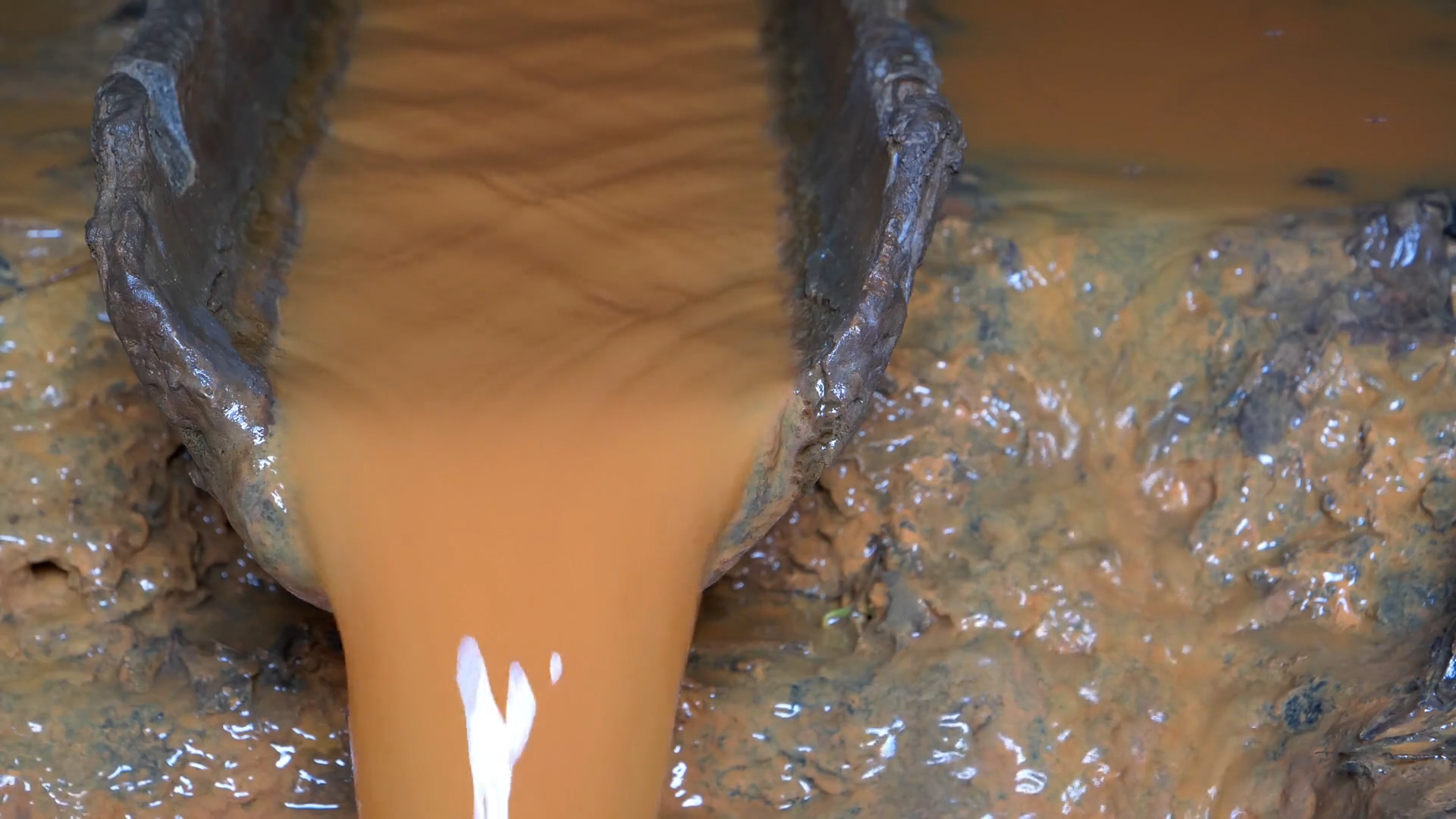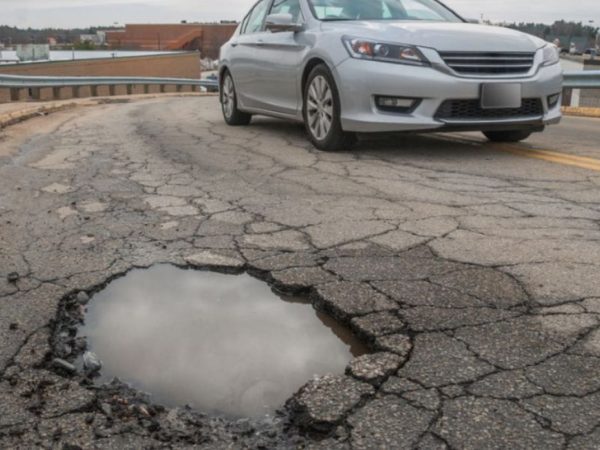
Once upon a time, the St. Joseph River flowing through South Bend, Indiana was so polluted nobody dared go near it. The river was teeming with salmonella, E. coli, and other dangerous bacteria. That’s because like many other communities around the Great Lakes, South Bend has a combined sewer system that mixes rainwater with raw sewage. During heavy storms, all that dirty water can overwhelm the city’s water treatment plant, causing what’s called a combined sewer overflow or CSO.
“The amounts of combined sewage, sewage mixed with the rainwater that used to go to the river used to consistently be over 2-Billion with a B, gallons per year,” said Kieran Fahey, Director of the Long Term Control Plan for the city of South Bend.
In 2012, under a Federal consent decree, the EPA ordered South Bend to clean up its act. The plan was to build enormous underground holding tanks. But, the price tag was too high at about $1 billion. “Even though you have 20 years to do the plan, if you can’t afford it, you’ve got no plan at all,” said Fahey.
So city officials went in search of a solution and didn’t have far to look. Just up the road at the University of Notre Dame, engineering students were working with the US Defense Department to develop embedded devices or smart sensors to track down terrorists in remote areas. The thought was if the sensors could be used to monitor bad actors, could they also monitor sewer pipes in South Bend during heavy storms?
One of those students at Notre Dame was Luis Montestruque. “So what we discovered was that when it rains over the city, it doesn’t rain evenly throughout the entire city,” said Montestruque, who now co-owns a company called Hydro Digital. “If there is a way to dynamically control how sewer systems behave, sort of like a smart traffic system, then we can avoid overflows from happening,” he explained.
When South Bend officials heard about the work going on at Notre Dame with smart sewer technology, they jumped at the chance to give it a try. The sensors coupled with smart valves work to find empty space in South Bend’s 600 miles of sewer pipes, and use that space to temporarily store huge amounts of untreated wastewater—wastewater that doesn’t find its way into the St. Joseph river. “We’ve gotten 75, 80 percent of the problem solved without having to build anything, which for us, is phenomenal,” said Fahey. He estimates the city has saved about $450 million with smart sewer technology.
Catch more news at Great Lakes Now:
Ontario faces uneven investment in water infrastructure
Even in Canada, where water prices are low, aging infrastructure and rising costs are a problem
Featured image: South Bend water pipe. (Photo Credit: GLN)




